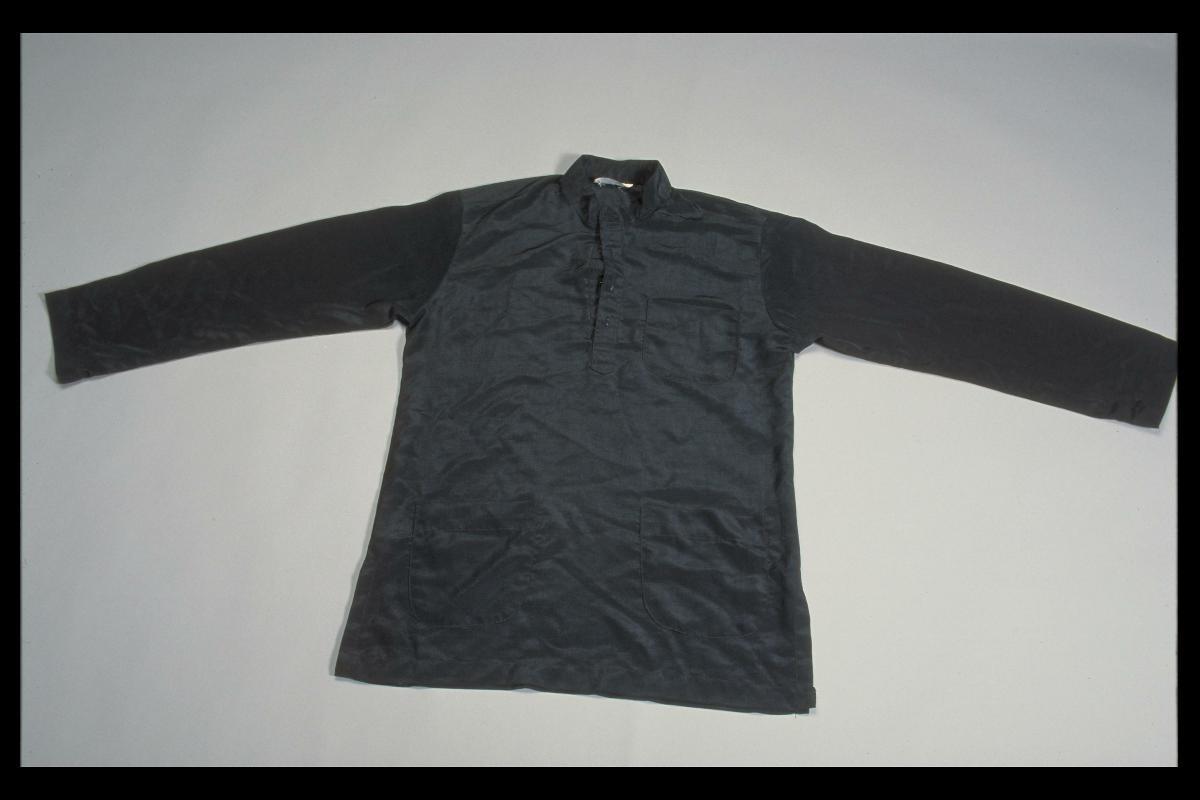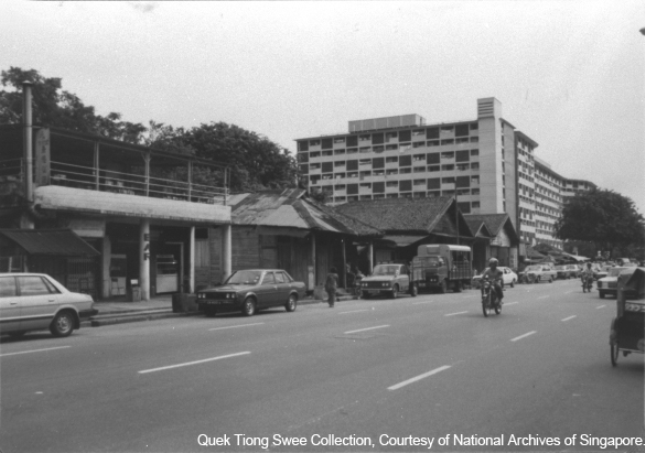Making and Wearing of Baju Kurung
The baju kurung, loosely translated to mean “concealing dress” in Malay, is a traditional Malay costume that consists of a knee-length blouse, worn by women over a long skirt. For men, the costume consists of a shirt worn over a pair of pants and is interchangeably referred to as baju melayu.
In Singapore, there are two versions of the men's costume. One version is known as baju kurung telok belanga, which gets its name from Telok Blangah in Singapore due to the area’s links to the Johor Sultanate. The other version is known as baju kurung cekak musang which is the more modern, common form worn by Malays in Singapore and Malaysia. The main difference between the two versions is that the former is collarless while the latter has a standing collar with holes for five buttons, including two for the collar.
Geographic Location
The practice of making and wearing baju kurung is common among communities in the Malay Archipelago.
Communities Involved
The baju kurung is mainly associated with the Malay/Muslim community of Singapore and worn on both formal and casual occasions. There is a subset of the baju kurung called the baju kebaya, which is associated with women from Chinese Peranakan and Indian Peranakan communities.
Associated Social and Cultural Practices
The traditional Malay costume is worn both for formal occasions such as weddings and as informal day-to-day attire. However, the baju kurung worn on formal occasions is usually made from silk or brocade, while the baju kurung worn on a daily basis is usually made from cotton or polyester. During Hari Raya Puasa, it is common to see Malay families wearing baju kurung in matching styles when visiting their relatives and friends.
In the past, baju kurung came in softer, muted colours with floral designs, but today, bright colours and patterns are favoured. Ready-made baju kurung are available for sale at major fashion stores and departmental stores while tailors offering customised designs and options can be found throughout Singapore. Many of these tailors have turned to the Internet and social media platforms to promote their products and services.
Present Status
As baju kurung remain popular for formal and informal occasions, and there is a wide range of choice for them, the making and wearing of baju kurung looks to be sustainable.
References
Reference No.: ICH-043
Date of Inclusion: April 2018; Updated March 2019
References
Aziz, Azah. Rupa dan Gaya: Busana Melayu, Penerbit Universiti Kebangsaan Malaysia (UKM), 2009.
Hamid, Rahimah A., Othman, Saad and Salbani, Ahmad Moghni. Rekayasa Kearifan Tempatan dalam Sastera Melayu, Universiti Sains Malaysia Press, 2013.
Hassan, Hanisa. “A study on the development of baju kurung design in the context of cultural changes in modern Malaysia”. Wacana Seni Journal of Arts Discourse, 15: 63–94, 2016.
















